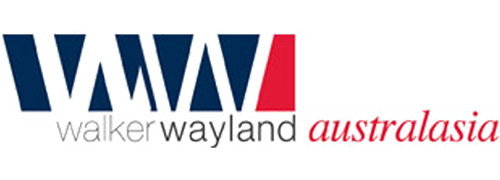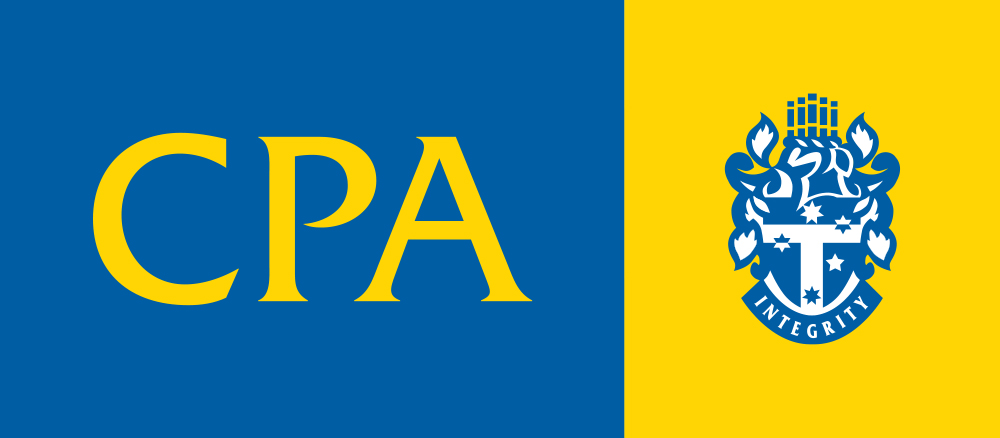The Australian Taxation Office’s finalised position on the allocation of profits from professional firms starts on 1 July 2022.
The ATO’s guidance uses a series of factors to determine the level of risk associated with profits generated by a professional services firm and how they flow through to individual practitioners and their related parties. The ATO may look to apply the general anti-avoidance rules in Part IVA to practitioners who don’t fall within the low-risk category.
With the new guidelines taking effect on 1 July 2022, professional firms will need to assess their structures now to understand their risk rating, and if necessary, either make changes to reduce their risks level or ensure appropriate documentation is in place to justify their position.
The problem
The finalised guidance has had a long gestation period. The ATO has been concerned for some time about how many professional services firms are structured – specifically, professional practices such as lawyers, accountants, architects, medical practices, engineers, architects etc., operating through trusts, companies and partnerships of discretionary trusts and how the profits from these practices are being taxed.
The ATO guidance takes a strong stance on structures designed to divert income in a way that results in principal practitioners receiving relatively small amounts of income personally for their work and reducing their taxable income. Where these structures appear to be in place to divert income to create a tax benefit for the professional, Part IVA may apply. Part IVA is an integrity rule which allows the Commissioner to remove any tax benefit received by a taxpayer where they entered into an arrangement in a contrived manner in order to obtain a tax benefit. Significant penalties can also apply when Part IVA is triggered.
Determining the risk rating
The guidance sets out a series of tests which are used to calculate a risk score. This risk score is then used to classify the practitioner as falling within a Green, Amber or Red risk zone, which determines if the ATO should take a closer look at you and your firm. Those in the green zone are at low risk of the ATO directing its compliance efforts to you. Those in the red zone, however, can expect the ATO to conduct further analysis as a matter of priority which could lead to an ATO audit.
Before calculating the risk score it is necessary to consider two gateway tests:
- Gateway 1 - considers whether there is commercial rationale for the business structure and the way in which profits are distributed, especially in the form of remuneration paid. Red flags would include arrangements that are more complex than necessary to achieve the relevant commercial objective, and where the tax result is at odds with the commercial venture, for example, where a tax loss is claimed for a profitable commercial venture.
- Gateway 2 - requires an assessment of whether there are any high-risk features. The ATO sets out some examples of arrangements that would be considered high-risk, including the use of financing arrangements relating to transactions between related parties.
If the gateway tests are passed, then you can self-assess your risk level against the ATO’s risk assessment factors. There are three factors to be considered:
- The professional’s share of profit from the firm (and service entities etc) compared with the share of firm profit derived by the professional and their related parties;
- The total effective tax rate for income received from the firm by the professional and their related parties; and
- The professional’s remuneration as a percentage of the commercial benchmark for the services provided to the firm.
The resulting ‘score’ from these factors determines your risk zone. Some arrangements that were considered low risk in prior years under the ATO’s previous guidance may now fall into a higher risk zone. In these cases, the ATO is allowing a transitional period for those practitioners to continue to apply the previous guidelines until 30 June 2024.
For professional services firms, it will be important to assess the risk level and this needs to be done for each principal practitioner separately. Those in the amber or red zone who want to be classified as low risk need to start thinking about what needs to change to move into the lower risk zone.
Where other compliance issues are present - such as failure to recognise capital gains, misuse of the superannuation systems, failure to lodge returns or late lodgement, etc., - a green zone risk assessment will not apply.
We will contact clients who might be impacted by the incoming guidance. If you are concerned about your position, please contact us.








.png)